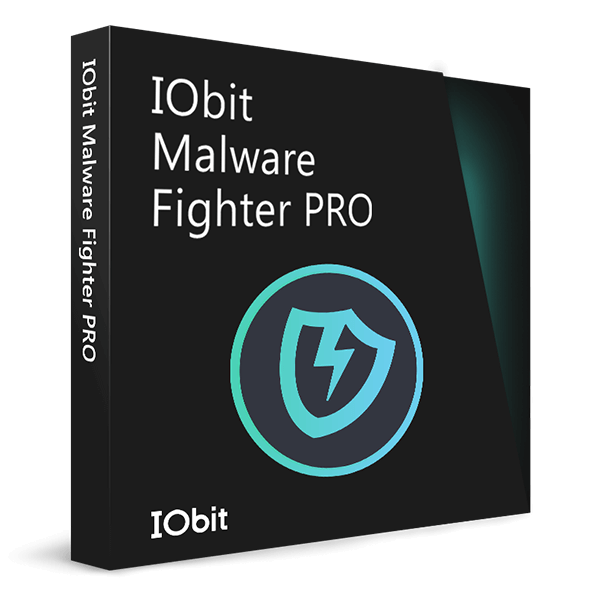- Support Center
- Multiple Languages
- Language
- Help Us Translate
Expert in
PC Health Solution

All-in-one PC health solution: clean, optimize and secure

Comprehensive PC cleaning, optimization and protection

Keep drivers always up-to-date

More stable performance with less system crashes

Protect millions of computers against malware

Top computer security with full-round protection

Protect against viruses & boost PC performance
Easily removing unwanted programs & leftovers
Automatically keep your software up-to-date
Quickly check system information and PC specs
Never worry about data theft or privacy leaks
Maximize hard drive optimization for faster PC
Enjoy a Faster and More Secure Mac
Ransomware dominated the cybersecurity landscape in 2017. Major attacks such as WannaCry, Petya, and Locky were mostly widespread worldwide. Victims including organizations like hospitals, schools and airports and individuals have paid over millions of dollars for ransom to unlock encrypted files. Cybercriminals will continue to exploit the same vulnerabilities in increasingly malicious ways in 2018. The newly reported ransomware Gandcrab could be a sign. Users need to keep an eye on new infections and learn to protect themselves.
Here are things to know about ransomware in 2017 and tips to prevent attacks:
WannaCry
WannaCry (aka WCry, WannaCrypt, Wanna Decryptor) was the most devastating ransomware attack in 2017, affecting hundreds of thousands of computers worldwide. Many hospitals, banks, law agencies, and other infrastructure were its victims. It used EternalBlue which exploits a vulnerability in Microsoft's Server Message Block (SMB) protocol to infect Windows devices.
Read IObit tips for WannaCry ransomware:
Petya/NotPetya
Petya is a family of encrypting ransomware which targets Windows devices. It rapidly spread in Europe and the US and infected several hundred thousands of computers in just a few days. NotPetya is a variant of Petya ransomware but uses the same exploit. Similar to WannaCry, Petya/NotPetya uses the Eternal Blue exploit to infect Windows devices, especially older Windows systems. What’s worse, Petya/NotPetya can damage the whole hard drive, even stop you entering your system.
Read IObit tip for Petya ransomware:
How to Protect Yourself from Petya/GoldenEye Ransomware
Ykcol
Ykcol Ransomware is the latest version of Locky Ransomware. Ykcol is Locky spelled backward. It mainly spreads through the attachment of emails named with the status of an invoice, in which contains a *.vbs script. After double clicking the script, it will automatically download an executable virus named "HdOWSy.exe" and then begin to encrypt the computer files and all shared documents in the same LAN(Local Area Network).
Read IObit tip for Ykcol ransomware:
How to Remove Ykcol Ransomware on Windows 10
BadRabit
BadRabbit ransomware struck a number of countries worldwide, which mainly targeted Russian media companies and Ukrainian transportation systems with malicious purpose. The report shows that BadRabbit ransomware has similarities to WannaCry and Petya which broke out early in 2017. It posed as an Adobe update before locking down computers and demanding victims to pay 0.05 Bitcoins(about $280) in exchange for their important data.
Read IObit tip for BadRabit ransomware:
How to Prevent BadRabbit Ransomware Attacking
Subscribe to keep you updated on products updates and special offers via email. And you can opt-out at any time.
© 2005 - IObit. All Rights Reserved |Refund Policy |EULA |Legal Notice |Privacy Policy
IObit uses cookies to improve content and ensure you get the best experience on our website.
Continue to browse our website agreeing to our privacy policy.
